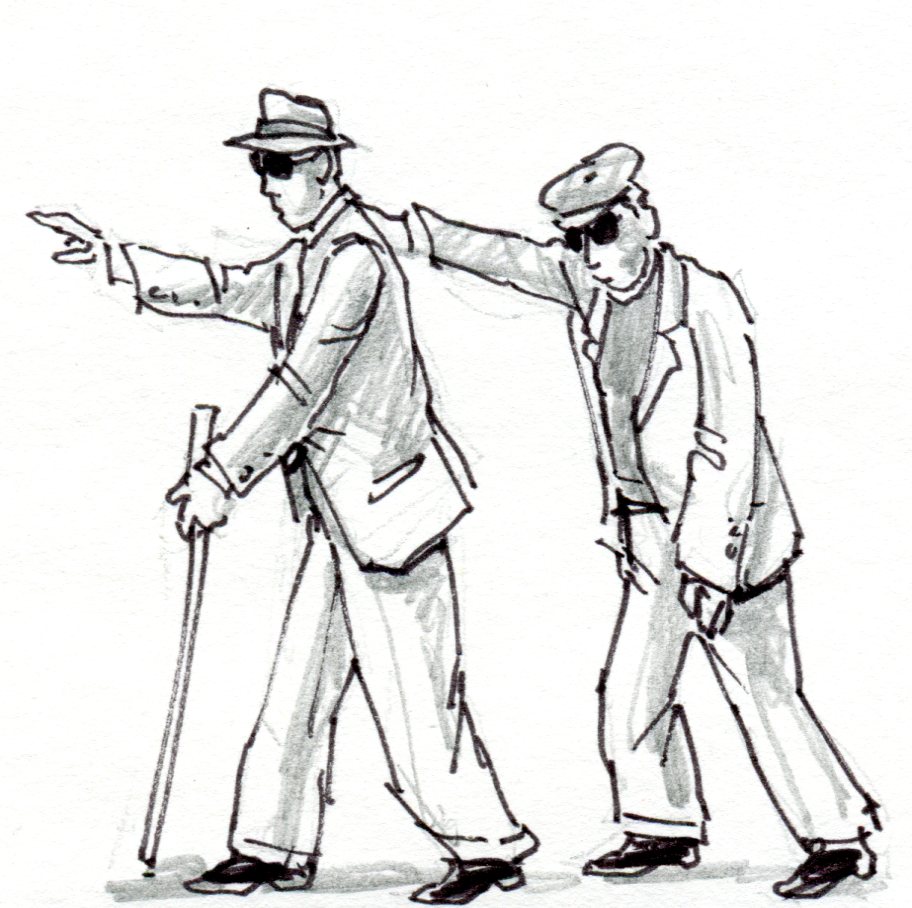

“Do you believe that I can do this?” (Matthew 9:29).
Isa 29:17-24; Matt 9: 27-31
The synoptic Gospels, especially Mark, emphasize the importance of faith in Jesus’ miracles. It as though he does not want to be perceived as the sole cause of healings or pursued by the crowds as the messiah or a miracle worker. There is even a sense in which Jesus himself is surprised by what is happening but considers it a distraction from his primary mission to proclaim the Kingdom of God and to call people to repentance.
We note this in today’s account of two blind men following Jesus and shouting a messianic title, “Son of David” to get his attention. It is an odd set-up, two blind men together, as though their situation would only be twice as precarious. Jesus waits until he enters a house to deal with them privately without the crowd. He begins by asking if they believe he can heal them. This is essential. He then touches their eyes as he did in other miracles when he also touched ears and mouths, made mud paste or stuck his fingers into a deaf man’s ears. He also uses phrases in Aramaic like Ephphatha, “Be opened” or Talitha koum, “Little girl, get up” when he raised the daughter of Jairus.
These gestures may have been common to healers at the time, but Jesus makes clear to the blind men, “Your faith has done this,” and he orders them not to tell anyone what has happened. Of course, they immediately spread the word that Jesus has miraculously restored their sight. He then begins to avoid towns and move on the outskirts to avoid crowds only interested in witnessing miracles.
This emphasis on faith shifts the focus of our Advent waiting from passive expectation to active preparation. We need to learn to see something that is already here. Christmas celebrates the Incarnation of God in the world. Until we really believe this, we will be blind to the greatest miracle of all, that God is now visible in human ways, moving among us in every human encounter and interaction. Where love is, there is God. We don’t need to look for extraordinary manifestations of glory, signs and wonders. If our eyes are open in faith, we will see God everywhere.
St. John Damascene, the 7th century Greek scholar and preacher whose feast we celebrate today, echoed a theme taught by all the great Patristic Fathers when he said, “The one who seeks God continually will find God, for God is in everything.”
Advertisement







